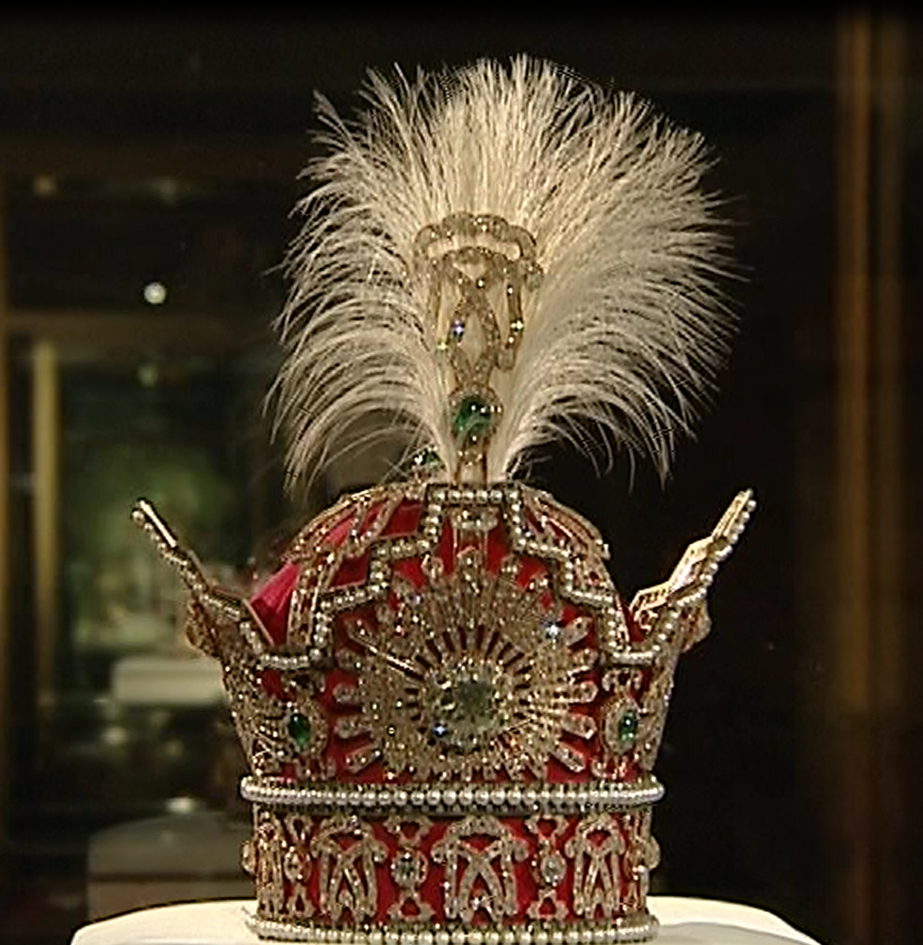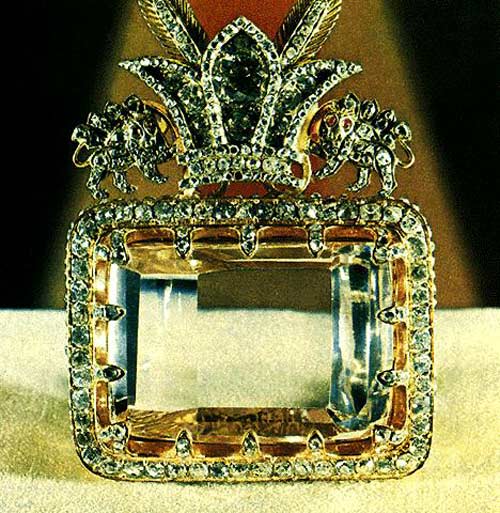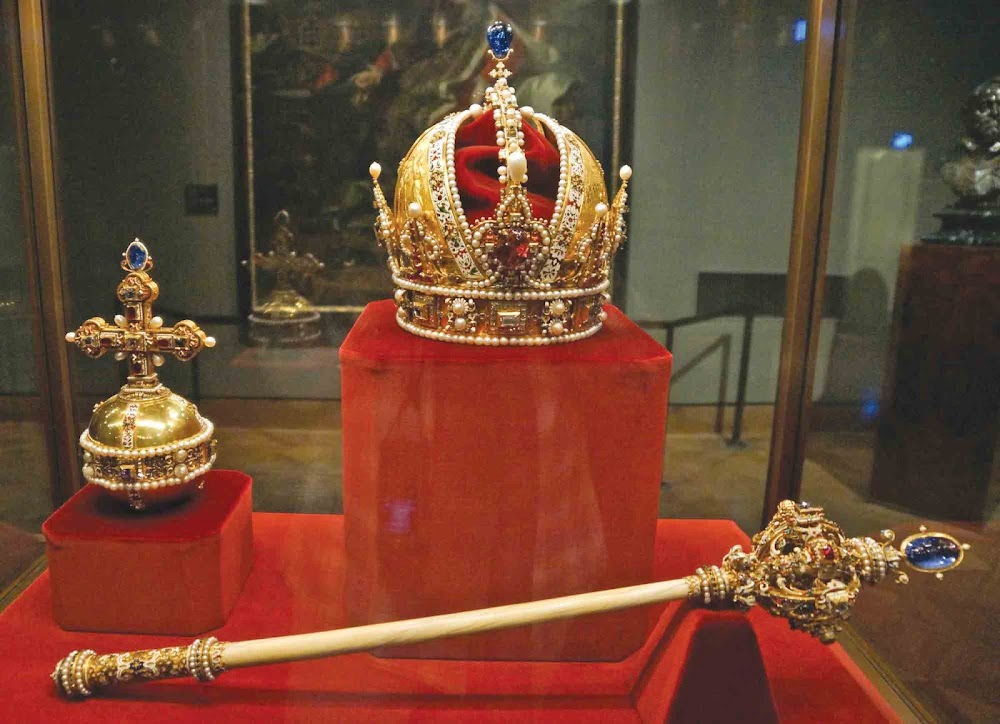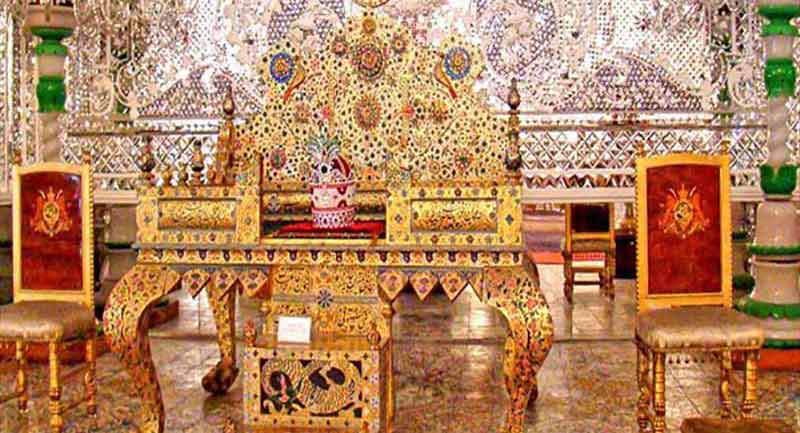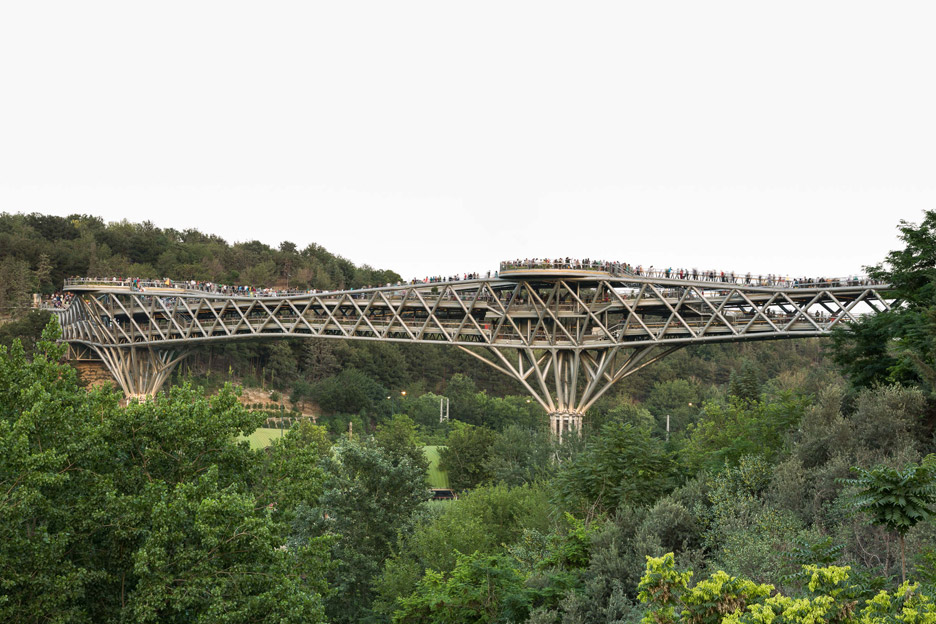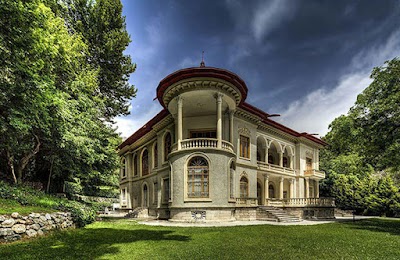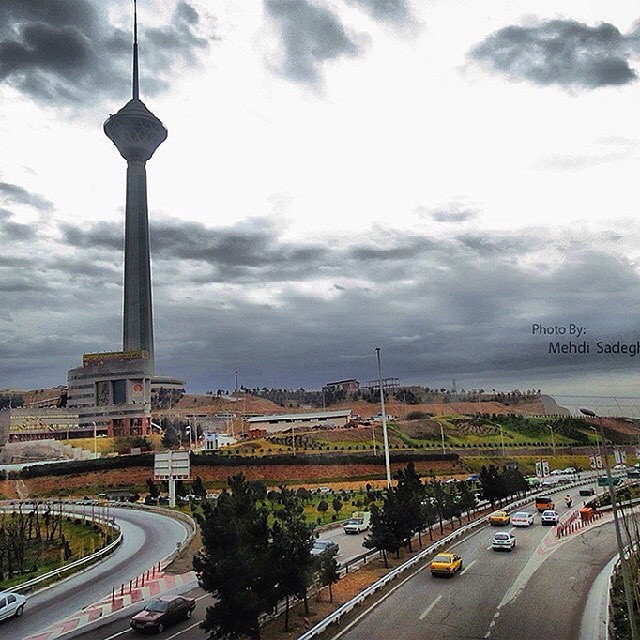National Jewelry Museum (موزه جواهرات ملی)
Related Places
Overview
The Treasury of National Jewels in Tehran, Iran, is a breathtaking showcase of the opulence and storied history of Persian royalty. Often referred to as the National Jewelry Museum, this extraordinary collection is housed within the Central Bank of Iran and features some of the most exquisite and historically significant jewelry pieces in the world.
The origins of this dazzling collection trace back centuries, as successive Persian dynasties accumulated immense wealth and luxurious artifacts. These jewels were not only symbols of royal splendor but also served a practical purpose, acting as a treasury to support the national currency and foster political alliances.
During the Safavid era (1501–1736), the foundation of the collection began to take shape. Shah Abbas I invited skilled jewelers from various countries to Persia, encouraging them to display their exceptional craftsmanship. Among the earliest significant acquisitions were the stunning Darya-e-Noor (Sea of Light), a pink diamond weighing approximately 182 carats, and the magnificent Peacock Throne, encrusted with an astonishing array of gems.
The subsequent Afsharid era (1736–1796) saw a remarkable expansion of the collection under Nader Shah. Following his conquest of Delhi in 1739, Nader Shah returned with vast treasures, including the legendary Koh-i-Noor (Mountain of Light) diamond, now part of the British Crown Jewels, and the exquisite Noor-ul-Ain diamond.
The Qajar dynasty (1789–1925) made significant contributions to the treasury as rulers like Fath-Ali Shah actively sought to acquire and commission new pieces adorned with diamonds, emeralds, sapphires, and pearls. Notable creations from this period include the Globe of Jewels, a stunning globe crafted from gold and encrusted with gems representing the continents.
The Pahlavi dynasty (1925–1979) played a crucial role in organizing and cataloging the collection. Reza Shah Pahlavi, who modernized Iran, ordered the assembly and documentation of the jewels, clarifying their historical and monetary significance. His son, Mohammad Reza Shah Pahlavi, continued this legacy, officially transferring the jewels to the Central Bank of Iran, where they were securely stored and later, in 1955, made available for public viewing.
Today, the museum houses an array of jaw-dropping items. The Naderi Throne, also known as the Sun Throne, is a centerpiece attraction adorned with thousands of precious stones. Another magnificent artifact is the Kiani Crown, used in Persian coronation ceremonies up until the last Shahs, showcasing the finest Persian craftsmanship.
One of the most breathtaking pieces is the jewel-studded Globe, which boasts over 51,000 precious stones weighing nearly 37.5 kg. With an equatorial diameter of about 45 cm, Persia is represented by dazzling diamonds while other countries are marked with emeralds, rubies, and sapphires.
Visitors to the museum can marvel at crowns, tiaras, brooches, and ceremonial swords that once belonged to kings and queens from various Persian dynasties. Each piece tells a story of grandeur, artistic endeavor, and historical significance.
The museum's collection is not just a manifestation of Persia's rich cultural heritage; it also stands as a testament to its historical wealth and political influence over the centuries. The intricate craftsmanship and variety found in the treasury highlight the artistic prowess of jewelers who worked through different Persian eras, leaving behind a legacy that continues to inspire awe.
Despite political changes and regime shifts, these priceless jewels remain an invaluable aspect of Iran's national identity, carefully preserved and protected. Today, the Treasury of National Jewels serves as a vital cultural and educational resource, attracting numerous visitors eager to experience a piece of Persian history up close. The existence of the museum safeguards this heritage, ensuring that future generations can appreciate the opulence and grandeur of Iran's royal past.


